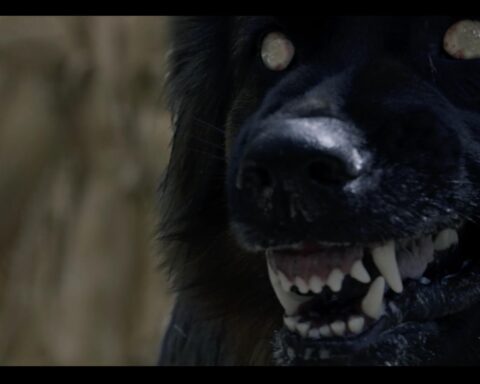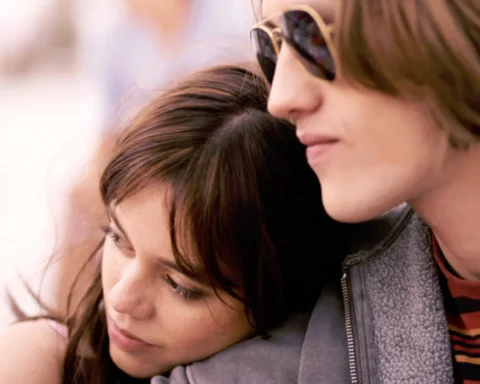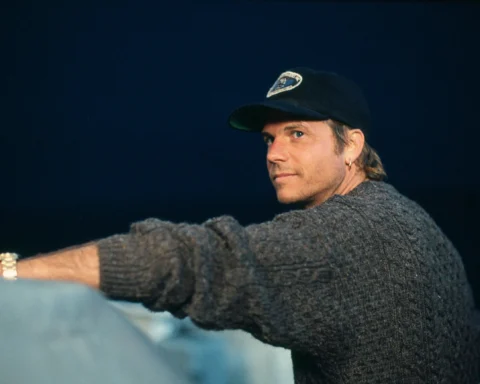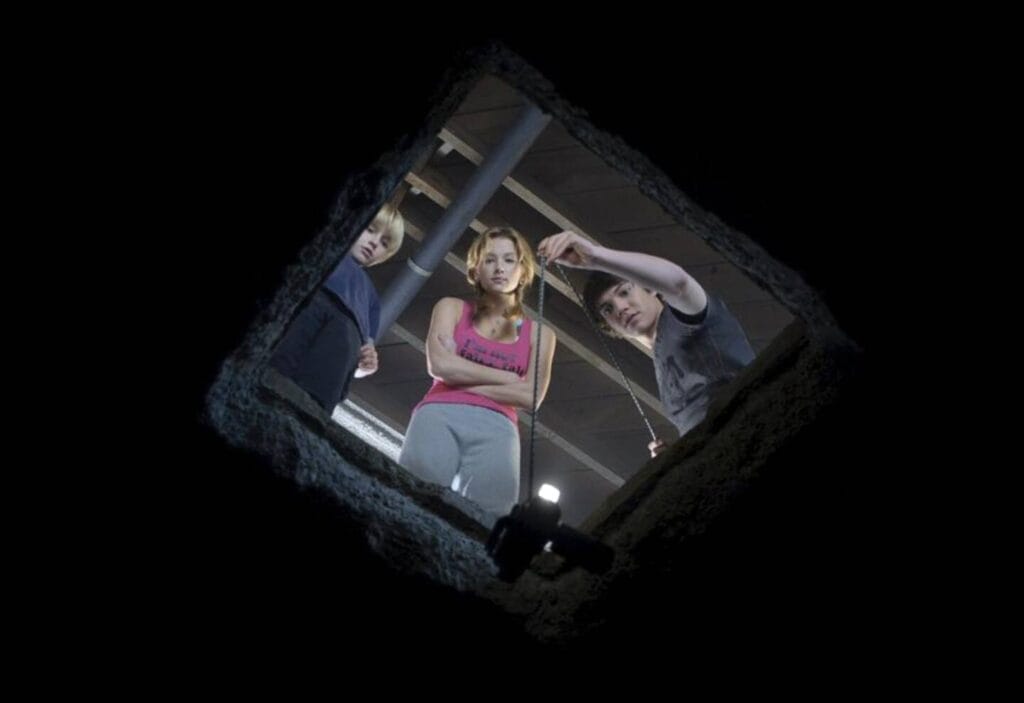Hearing about a movie starring Daniel Radcliffe (the famous Harry Potter, no need to say more) naturally piques the curiosity of any alert mind. The real skepticism arises when you hear about a plot revolving around the terrifying legend of The Woman in Black. Such a build-up of curiosity can only lead to one thing: a strong box office success, the obvious result of the so-called “sensational” equation.
Arthur Kipps, a young widower and legal consultant in real estate, is sent to a severely isolated village to finalize the sale of a house and meticulously examine the abandoned paperwork. He encounters villagers with unusual beliefs in a seemingly absurd local legend and discovers the notorious “marsh house,” which he is supposed to investigate. He soon realizes that this house, left abandoned and trapped by the tide most of the day, harbors a tragic secret; and he quickly begins to spot a strange woman dressed entirely in black lurking around…
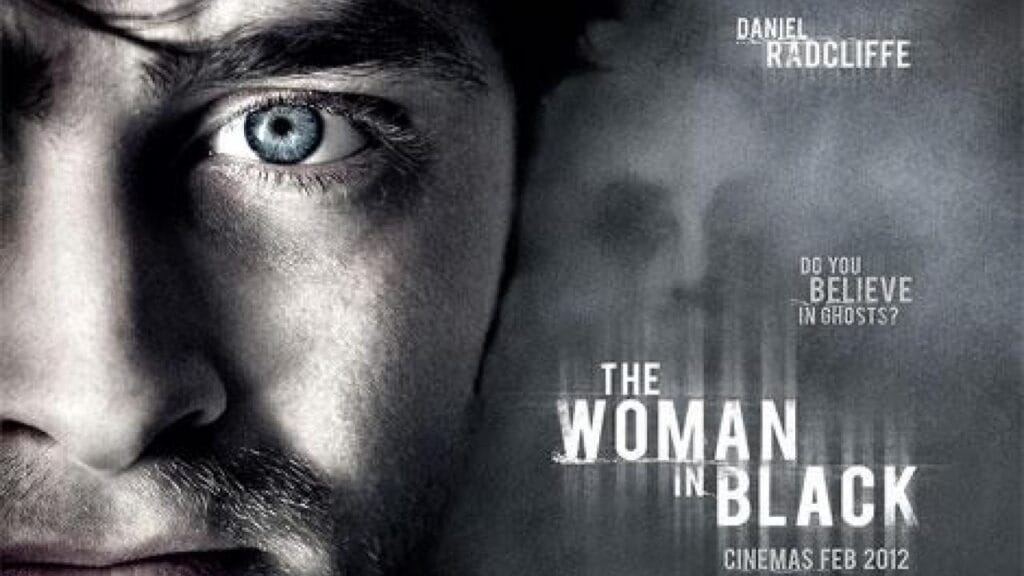
Contrary to what the synopsis might suggest, the clichés of horror cinema, though desperately present, are overshadowed by the meticulously crafted atmosphere of this dark and unusually profound film. Daniel Radcliffe effectively sheds his eternal Harry Potter image, even though the scene of him on the train might remind us of his journey to Hogwarts. His performance is precise and effective in this period film, set against the backdrop of a deep, hardworking, independent, and religious England. The same goes for the other actors, seasoned veterans of British cinema, who take on rather complex and distinctive roles, navigating the thick shadows of the setting with ease.
As for the plot, it’s constructed in a fairly classic manner for a horror film: it starts with a typical unfinished mother-child relationship, a well-deserved revenge, and a soul trapped somewhere between life and death, desperately seeking to reach the limbo of the “afterlife.” What elevates the film, beyond the horror movie stereotypes like deceptive mirror reflections, silhouettes in the garden, or whispers and other disguised noises in the night, is the carefully crafted direction and cinematography. The framing magnifies every aspect of the dilapidated marsh house and captures each face in every scene like porcelain dolls lit by candlelight. The period sets and costumes are realistic, typical, and understated, almost monochromatic in a film where the dominant color is, unsurprisingly, this tortuous and endless ebony black.




The ending, while not surprising, will delight some and disappoint others, depending on your appreciation of horror films and your emotional tolerance for the so-called “surprise effect.” Not many horror films remain memorable in the genre’s annals, as the themes are often rehashed by screenwriters and directors worldwide. However, The Woman in Black had never been treated so directly, as the main subject, from this particular narrative angle, and it is, in summary, a good thing to have a film like this in theaters in 2012. It stands out from the endless sequels (“REC 3: Genesis,” “Paranormal Activity 4,” “Final Destination 6,” etc.) and offers viewers a true spectacle of terror that will chill even the most hardened: a terrifying soundtrack and an incredibly well-crafted visual experience resulting in a final product that meets all expectations, even the most demanding.

